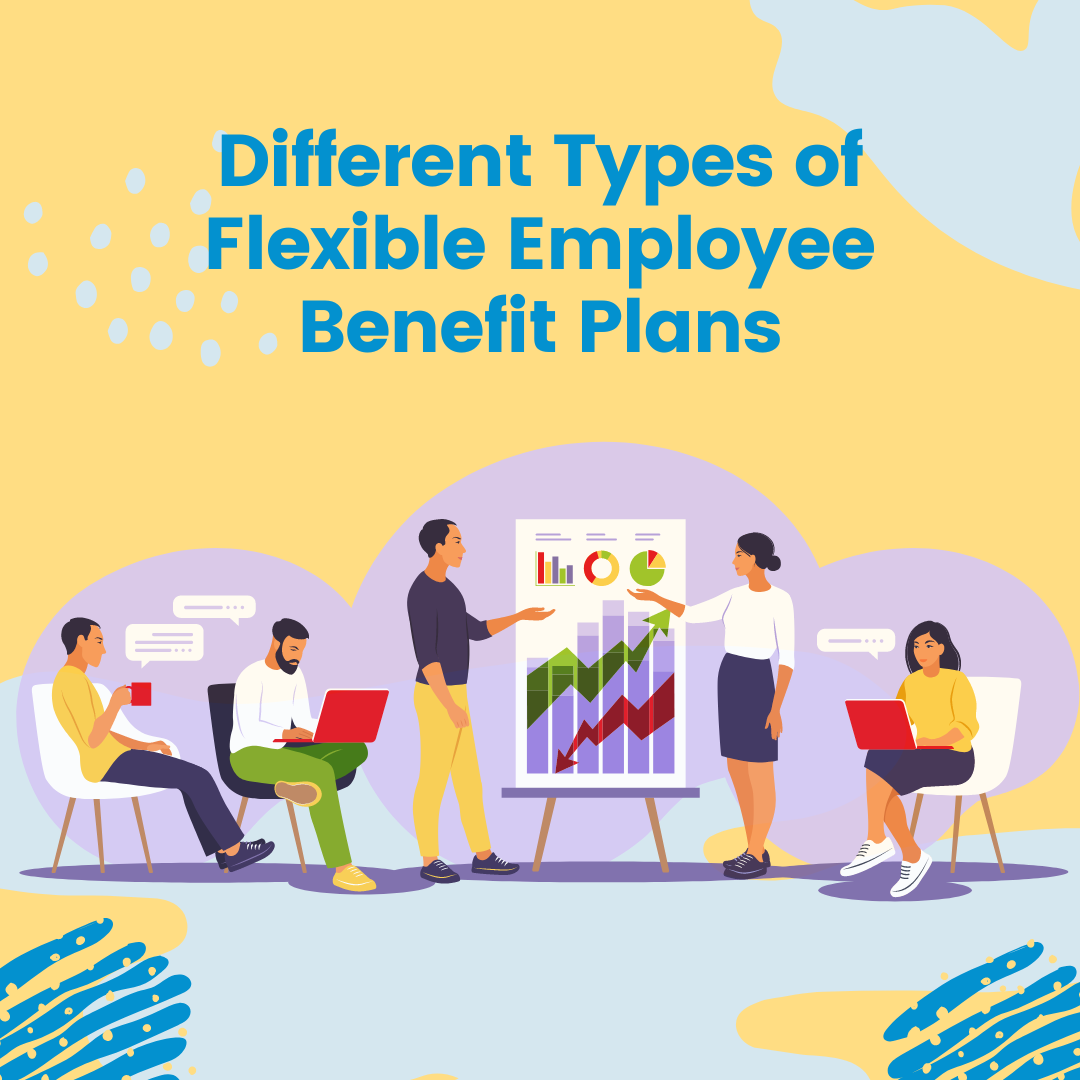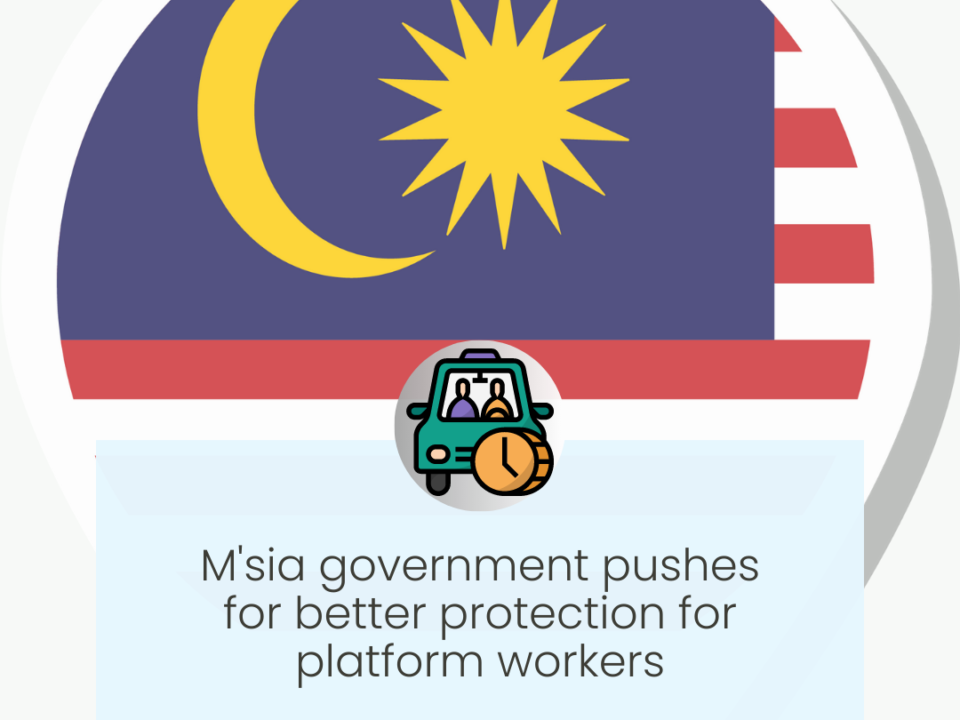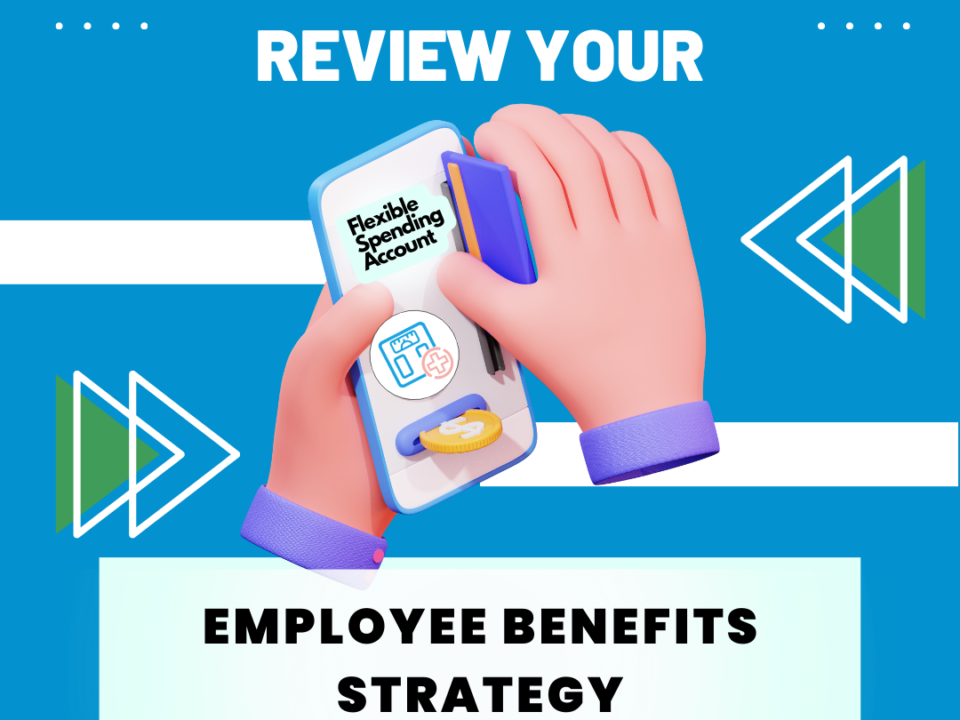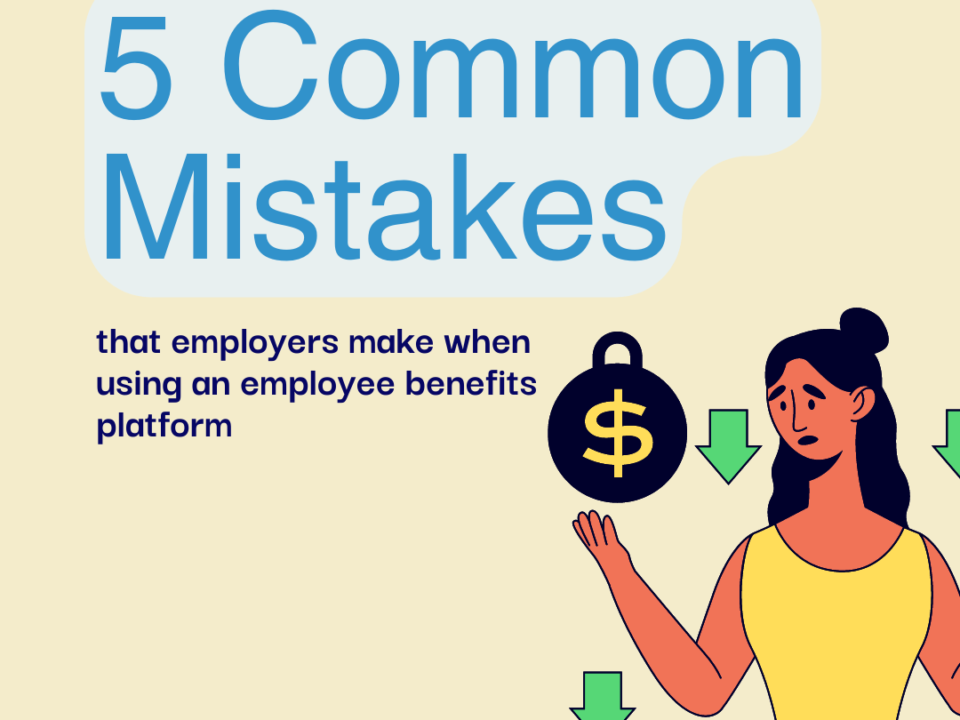
A robust employee benefits strategy is no longer an option for businesses in 2023 and beyond
March 8, 2023
How can businesses in Malaysia ensure holistic employee benefit for gig workers
April 26, 2023The ultimate guide to different types of flexible employee benefit plans
Employee Benefits
The ultimate guide to different types of flexible employee benefit plans
April 21, 2023

The digitalisation of the corporate employee benefit segment and the emergence of the SME segment may be overshadowed soon by the arrival of a seamless employee benefit experience. These benefits marry tailored products and prevention measures with the automation and scale typically reserved for mass-market internet offerings.
Before delving into flexible employee benefit, it is critical to understand that employee benefit are classified into three segments:
The first segment comprises huge corporations, often served by brokers who conduct traditional sales. This well-established market is changing, bettering loss ratios through in-house third-party administrators (TPAs), preferred hospital networks, and health and wellness programmes.
The second caters to SMEs (small and medium-sized firms), which have recently been identified as a significant growth area for newly founded brokers and those in business for some time.
Finally, a new type of benefit provider has been developed. It provides white-labelled services to HR departments via which employee benefit packages can be upsold to employees. This strategy is nothing more than a pure technology play; while it has the advantage of scale, it lacks the personalisation and counselling required for long-term success in the life and health lines of business. A critical point that must be addressed is whether or not this industry can bring some automation to the distribution front.
Why are flexible benefits effective?
Flexible benefits are a tremendous tool for improving the employee experience since they allow your employees to choose the perks that they actually need or want. A better all-inclusive health insurance coverage is one example.
Because different employees have different needs, a tailored benefit package for your organisation will always be more valuable than a solution created to work for everyone. Some benefit of flexible employee benefit include boosting employee morale and retention, attracting talent, and fostering a healthy and inclusive work environment.
However, only a few flexible benefit programmes live up to their name. In fact, the vast majority of them only give legally mandated perks. As a result, it is critical to increase the number of optional perks to boost the adaptability and flexibility of your package.
To avoid the common mistakes organisations make when using a flexible employee benefit platform, read more about it here!
Following are some examples of flexible benefit:

Memberships to gyms
Many people need to be able to exercise close to their workplace or home, yet the cost of gym subscriptions and fitness programmes can quickly add up. You should always prioritise your employees' health and well-being. Therefore, by offering your team cheap gym memberships, you can help maintain a fit and healthy workforce. You may also see a boost in employee productivity levels due to their improved mental and physical health.
Purchasing and selling annual leaves
Companies often have a minimum and a maximum number of leaves they can offer to an employee. However, only some people want or require the same amount of time off. Thus, giving your employees a choice to buy or sell annual leave gives them the flexibility to take a longer break or even make money if they don't need the days off they were initially given.
Loans for bicycles
Individuals who ride their bicycles to work or are interested in doing so may be eligible for these programmes, which often involve a slight wage decrease in exchange for the privilege to rent a new bicycle and certain safety equipment.
There are numerous benefit that both the employee and the company can enjoy. The employee will save money on the bike and accessories, which may be costly for road-worthy bikes. Not only would this significantly save commute costs, but it will also improve the employee's health and well-being. Furthermore, if your company is located in a major metropolitan region, the employee will most likely avoid the hassle of using the train during rush hour.
Workplace nursery
Both parents work full-time nowadays. Thus, they often think about employment flexibility in terms of how they may better accommodate the requirements of their children. This is where workplace nurseries can come into play.
Companies can help reduce the cost of parents’ preferred nurseries. The payments are deducted from the employer, and the employee's compensation is adjusted to reflect the change.
Food budget
Eating various healthful meals throughout the day can benefit everyone. However, preparing nutritious lunches every day might be difficult, especially for people who commute or have a family to care for.
Keeping your employees healthy can help your business stay healthy, so consider adding a lunch allowance on specialised credit cards to your benefit package or having healthy meals delivered to the office.
Make a budget for setting up a healthy home office
Allowing employees to work from home on a full-time or part-time basis is a good idea, but it should only be done if they have the resources necessary to maintain a productive and healthy work environment. The fundamental necessities are a decent chair and a dependable laptop, but only some people choose to make these purchases on their own. By allocating funds for team members' home office supplies, you may motivate them to work hard even while working from home.
Here are other ways you can engage your remote workers!

Private health insurance
Insurance can make medical-related emergencies an inconvenience instead of a major concern. Although public healthcare is typically the more affordable option, waiting times have continued to rise, and even making an appointment can be stressful. Thus, having private health insurance gives employees the option to go to private clinics and hospitals without having to worry about breaking the bank.
Life assurance
If an employee dies while still employed by the company, this benefit provides a lump sum payout to the employee's family that is tax-free. In most circumstances, life assurance insurance will pay out three or four times the covered person's annual earnings, but as part of a flexi plan, employees may be able to increase these multiples.
Contributions to a pension
Companies are now legally required to sign their employees up for a pension plan that fulfils specific conditions, thanks to the implementation of pension auto-enrolment. Yet, many companies now provide their employees with the option of increasing their contribution to flexible benefit plans in exchange for a portion of their salary.

In a nutshell
Flexible benefit is an excellent way to improve the employee experience since they enable teams to select the required perks. Flexible benefit are advantageous for various reasons, including reduced commute costs, improved health and well-being, life insurance, increased pension contributions, and childcare vouchers. As a result, developing a flexible package should be your organisation's top goal because it will benefit not only your employees but also your organisation in the medium to long run.
According to recent studies, almost 1 in 2 employees willing to leave their current job due to dissatisfaction over the benefit provided. Thus, the current workforce puts more emphasis on employer benefit. Here at Mednefits, you can gain direct access to a full array of medical and wellness specialists and tools for managing your benefit, which makes everything so much easier.
It is important to regularly review and evaluate the benefit plan to ensure it remains cost-effective and meets the needs of employees. Communication with employees and regular surveys can help identify areas where changes can be made to improve the benefit plan while still controlling costs.
If you are running a business or managing teams, big or small, in Malaysia or Singapore and are keen on creating your flexible benefit packagge, reach out to us here today!
Related articles:
- 3 common mistakes that cost your employee benefits ROI
- Five considerations when renewing employee benefits insurance
- Why attractive employee benefits matter more than you think
About Mednefits:
Mednefits helps businesses take care of their employees with its automated, affordable, and accessible employee benefits platform.
Request to join Mednefits for free to help process and track claims in real-time, while controlling costs.







